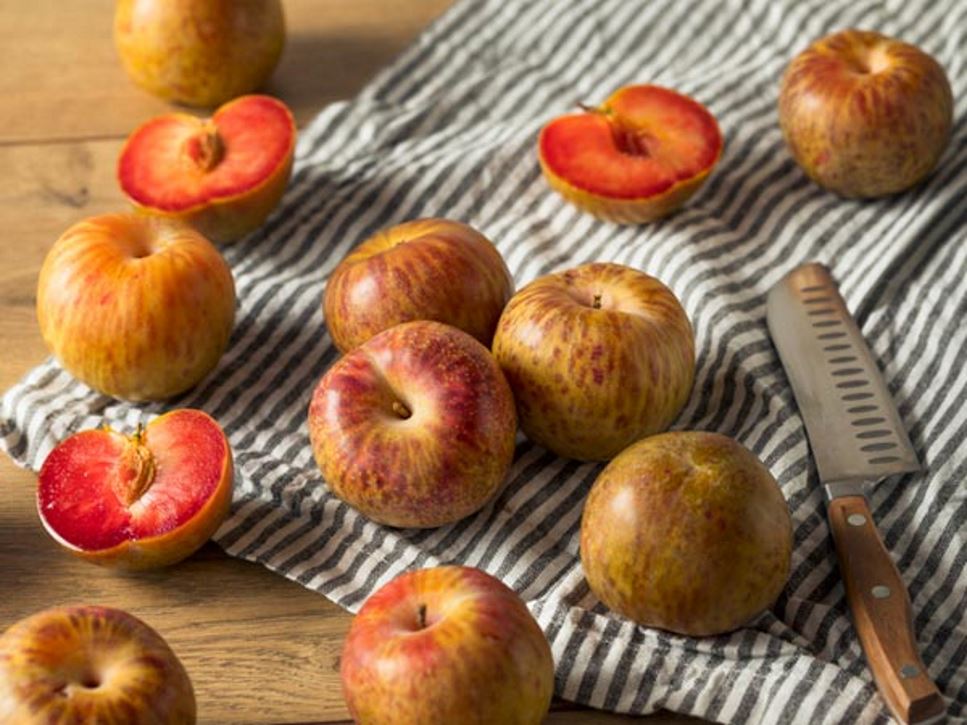Tangor, ugli, jostaberry and pluot… these are just a few curiously named hybrid fruits found at the grocery store or farmers market. With bizarre names, hybrids might sound like weird science, but these fruits and their many cousins are more natural and familiar than you might think.
Farmers benefit from hybridized fruit plants that are naturally disease resistant and hearty in heat, cold and drought — in addition to producing consistent, higher yields with predictable fruit maturation times. As a result, consumers benefit from unique, uniform fruit sizes and shapes, increased juiciness, improved taste and better nutrition.
Here are 10 hybrid fruits to add to your shopping list.
Tangor: A cross between a mandarin and an orange — the tangor may sound unfamiliar, but varieties such as murcott and temple have been hitting the produce department of local grocery stores.
Ugli: Botanically Citrus reticulata x paradisi, the "ugly" hybrid of a grapefruit, orange and tangerine, this tangelo from Jamaica reflects more sweet flavors from its tangerine ancestry rather than bitter grapefruit. Add uglis, halved or sectioned, to a salad with avocado, sweet onion, chicory and radicchio.
Jostaberry: Sweeter than its North American and European gooseberry and black currant parents, the jostaberry is a rich, almost black berry with grape, blueberry and kiwi flavors and packed with vitamin C.
Pluot: A Zaiger trademarked plum and apricot hybrid, it's bred for smooth skin and super juicy, sweet flesh.
Baby Kiwi: The lineage of the baby kiwi traces back to fuzzy kiwifruit, also known as the Chinese gooseberry. With smooth skin that doesn't need to be peeled, the typically berry-sized baby kiwi can vary in size, shape, color and taste between producers.
Tayberry: A cross between a red raspberry and blackberry, the tayberry looks like an elongated raspberry with tart flavor.
Limequat: This ripe key lime and kumquat hybrid resembles a miniature oval orange with greenish-yellow skin. In season from mid-fall to winter, limequats — with their tart key lime flavor— can be eaten whole, in jams or accompanying fish or chicken.
Pineberry: A novel cross between white strawberries from Southern Europe and cultivated red strawberries produce this pineapple-flavored berry, typically available early May through June.
Orangelo: This hybrid, believed to be of Puerto Rican origin, is a cross between a grapefruit and an orange, and is sweeter and more vivid than its grapefruit parent, however, eaten in much the same way.
References
Find a Nutrition Expert
Looking for credible nutrition information and recommendations? The Academy of Nutrition and Dietetics' network of credentialed food and nutrition practitioners are ready to help!

